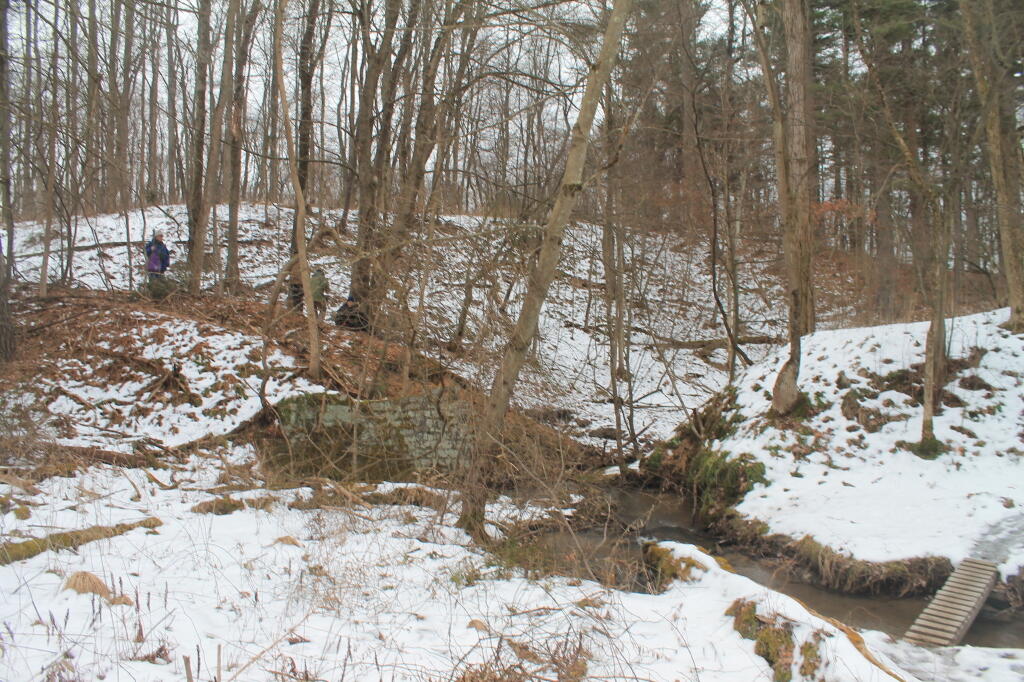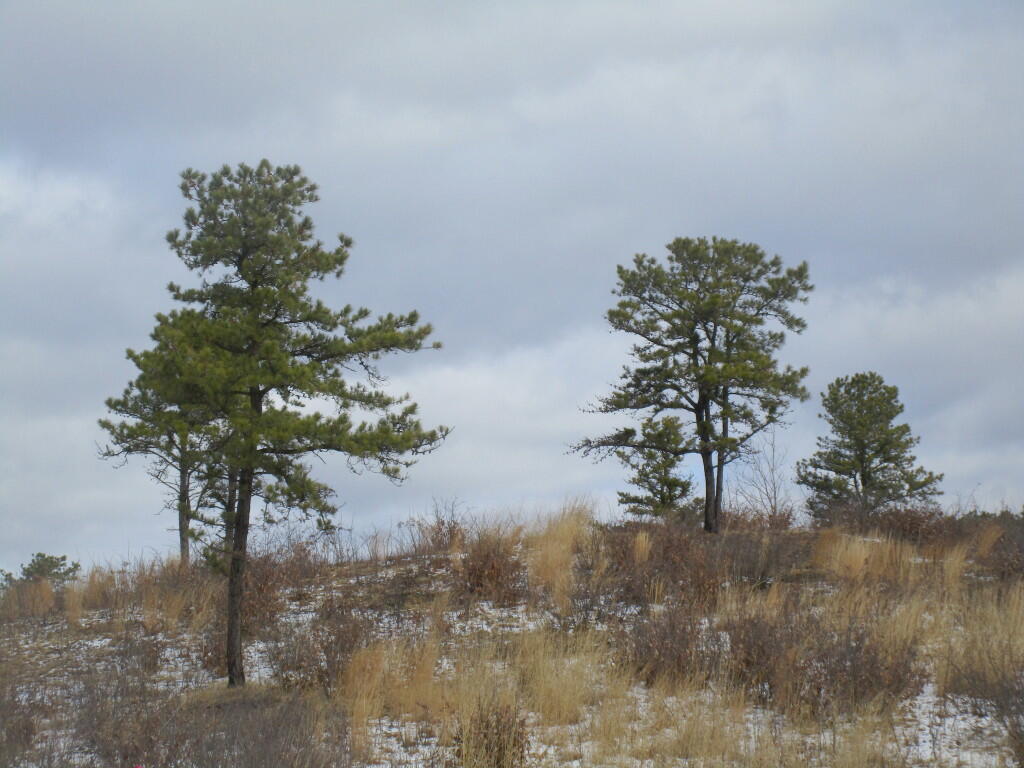Original Houses in Karner
There are several remaining houses from the old hamlet of Karner, a once bustling railroad junction where frozen foods and other products where transfered between railroad cars, destine from here to Downtown Albany.
Taken on Saturday March 12, 2011 at Albany Pine Bush.





